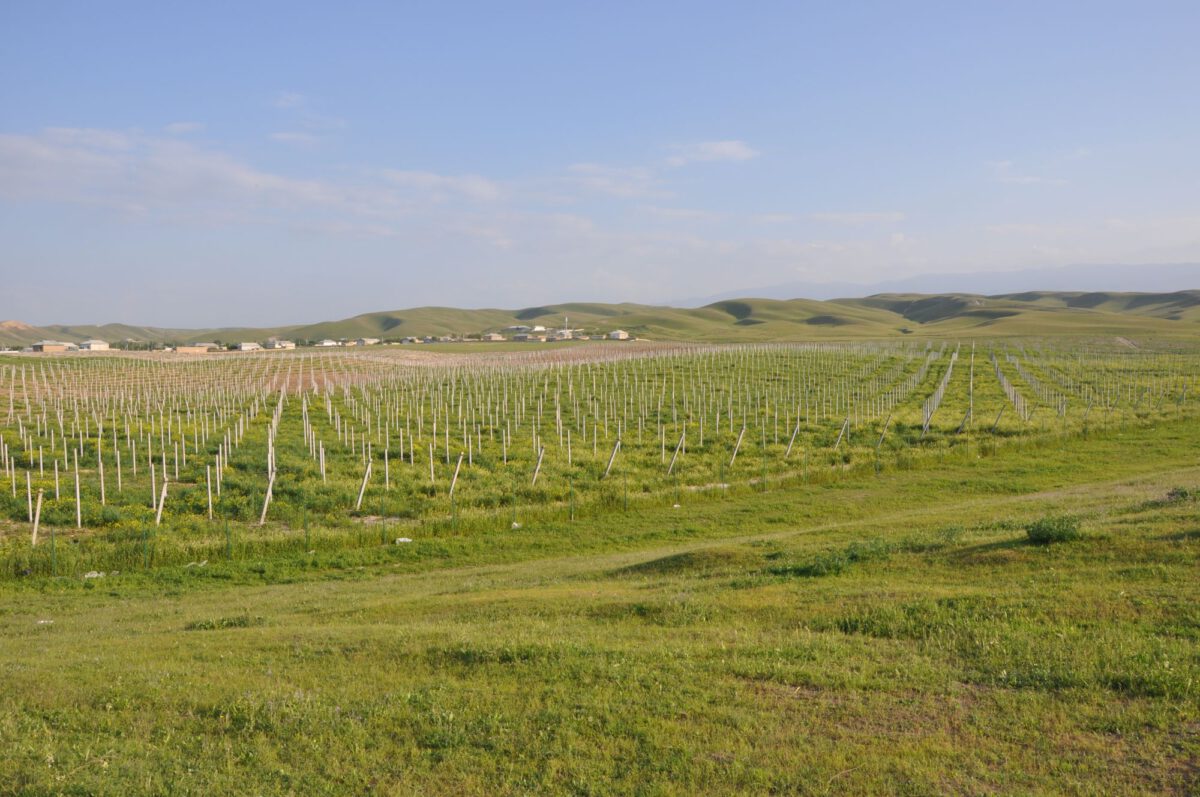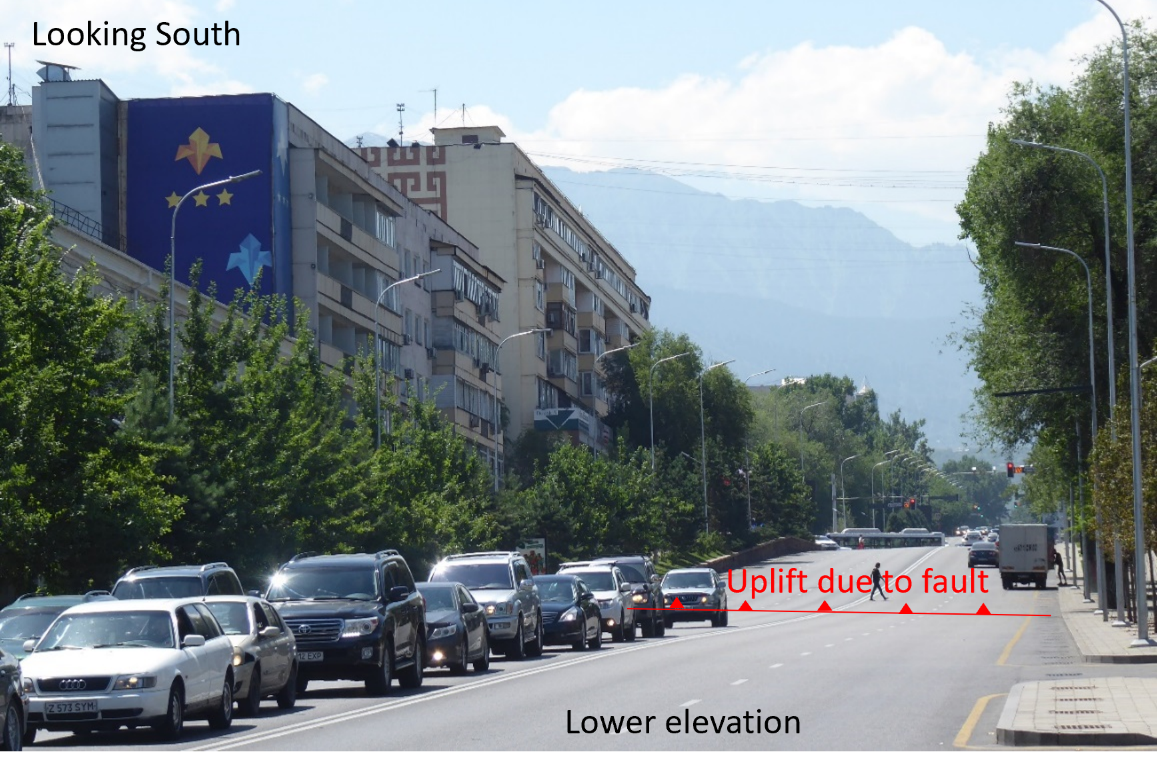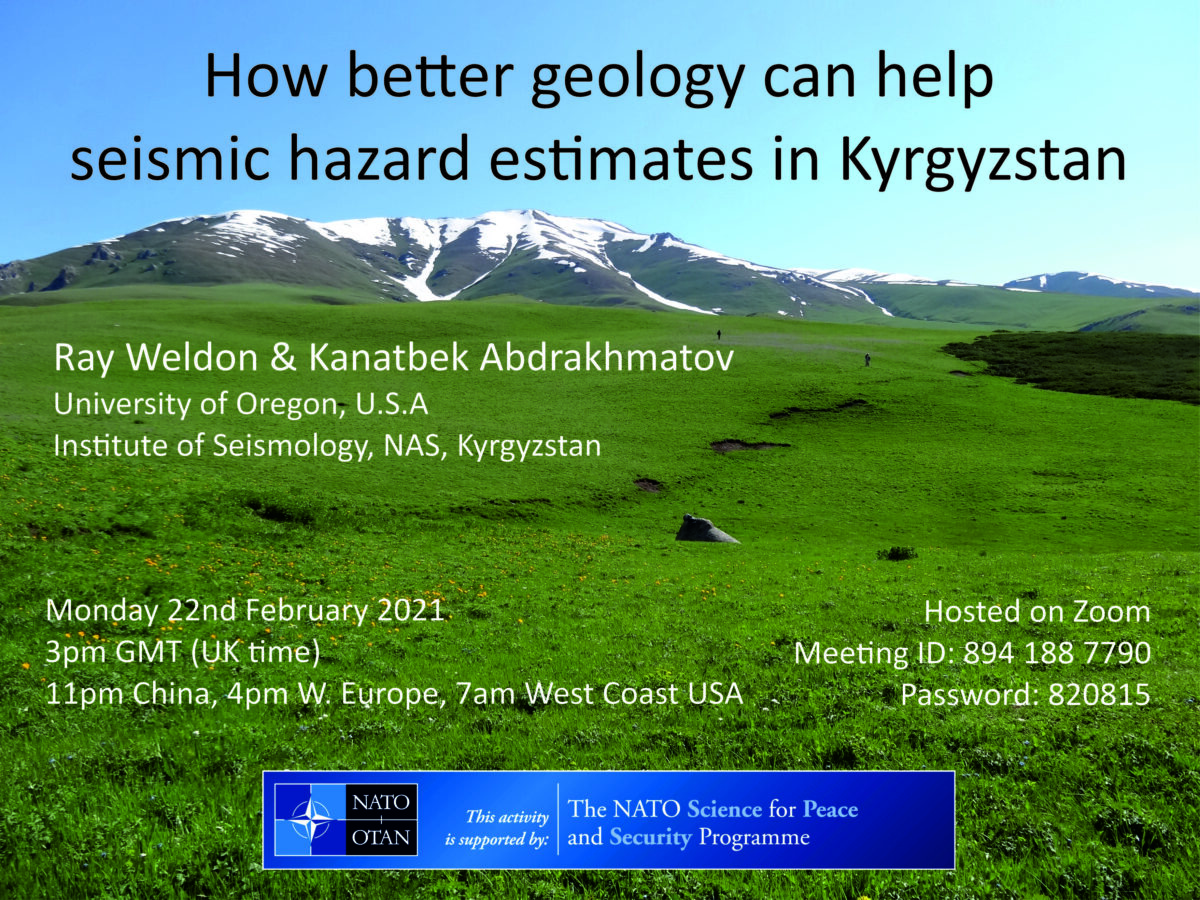
A joint team from Oxford, the Institute of Seismology in Bishkek, and the National Nuclear Center in Almaty undertook several weeks of fieldwork in July and August of 2024, within the framework of our NATO SPS project on environmental security in the Tien Shan. Our particular interest in this field project was to investigate evidences for active faulting and to assess the types and frequency of earthquakes that might occur on faults in the Toktogul basin. The main road connecting North and South Kyrgyzstan passes through this valley, and there are several existing and proposed hydropower plants along the Naryn river. Understanding the distribution of active faults, the styles and magnitudes of earthquakes, and the timing of past events is therefore important for estimating earthquake hazard to the infrastructure, as well as to local populations.




